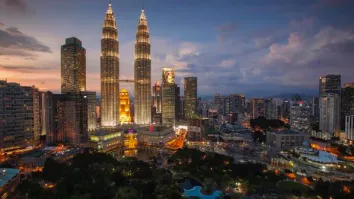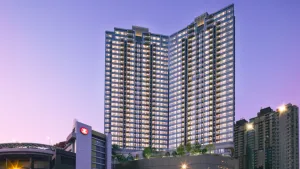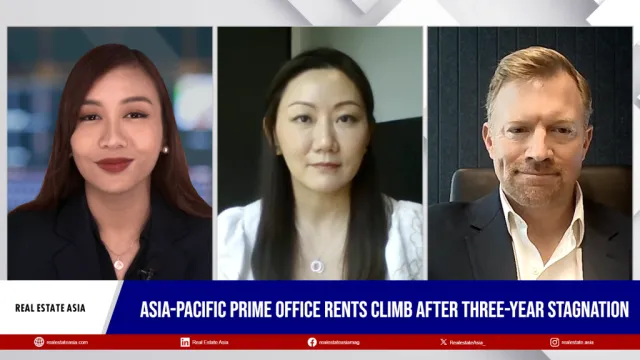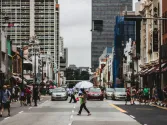
Two new malls to open in Kuala Lumpur this year
These projects will add over 1m sq ft to the city’s retail supply.
The Kuala Lumpur City Centre retail vacancy is projected to increase with two new malls adding 1.16 million sq ft in 2025, according to data from a JLL report. Suburban areas expect 0.6 million sq ft of new mall space by year end. Rents are anticipated to grow slowly, driven by expansion in only certain retail categories.
“Steady household spending, a positive labour market and Malaysia’s business appeal should spur retail expansion. The upcoming Visit Malaysia Year 2026 and visa-free entry for Chinese visitors are expected to boost foreign tourist numbers, benefitting retail businesses,” the report said.
Here’s more from JLL:
F&B remained the primary driver of leasing demand, with international brands making their Malaysian debut, such as Japan’s conveyor belt sushi chain Sushiro, South Korea’s Super Matcha and Chinese coffee chain Luckin Coffee.
The fashion sub-sector has shown overall positive demand as fashion retailers expanded their footprint. Chinese brand JNBY and Japanese brand KaraKu marked their first entry in Malaysia. Another Chinese brand, Semir, also opened a new store during the quarter.
Expansion at Alamanda Shopping Centre leads the way
No new supply was completed, but Alamanda Shopping Centre’s expansion in Putrajaya led supply growth, adding 199,000 sq ft of NLA. The project introduced 29 new stores with diverse tenants, including a 151,548 sq ft outdoor adventure park.
Vacancy rates dropped to 10.4% in the City Centre and 17.6% in the Suburban submarkets. Widespread store openings in malls and tenant uptake in recently completed neighbourhood malls boosted overall retail occupancy across both submarkets.
One notable investment deal records in the quarter
Asian Pac Holdings acquired Jaya Shopping Centre in Petaling Jaya for MYR 100 million. The seven-storey mall, with 78% occupancy, expanded Asian Pac’s retail portfolio, complementing its Imago Mall in Kota Kinabalu and marking its entry into the Petaling Jaya market.
Rents edged up slightly in both submarkets due to an improvement in leasing activity and demand. Landlords of successful malls are becoming more selective with tenant selection post-pandemic, which drives upward pressure on rents for prime retail spaces.



















 Advertise
Advertise





